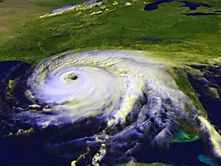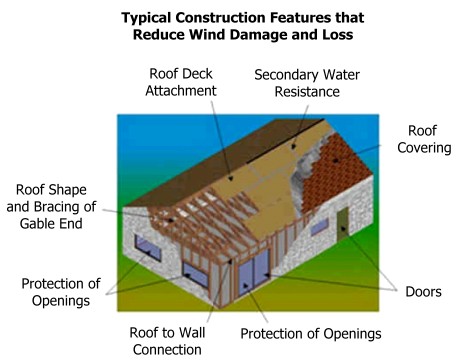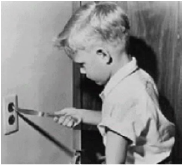
Don’t let any more of your hard earned money escape your pocketbook, especially if there is something you can do about it with a simple phone call.
Let Bennett Property Inspection help you with a Wind Mitigation inspection.
Give us a call today to set up your appointment!
https://www.bennettpropertyinspection.com/




 RSS Feed
RSS Feed

